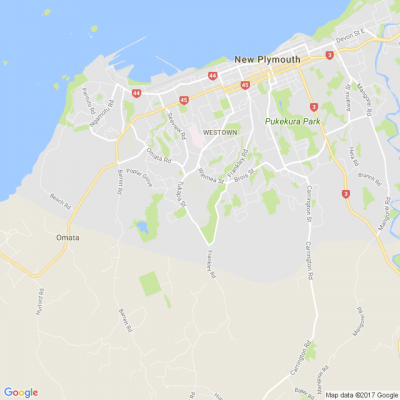
Know what’s happening
Access the private noticeboard for verified neighbours near you. Keep informed about any suspicious activity, send urgent updates to your neighbours when required and discuss emergency planning.
Get to know your neighbours
Browse the directory and start getting to know your neighbours. Don’t want to post to the whole neighbourhood? Send a private message.
Buy, sell and give away
Want to declutter your garage? Buy some used household items? Give away some garden stuff? Become a verified neighbour to browse and post items for sale. Trading is simple when everyone lives nearby.

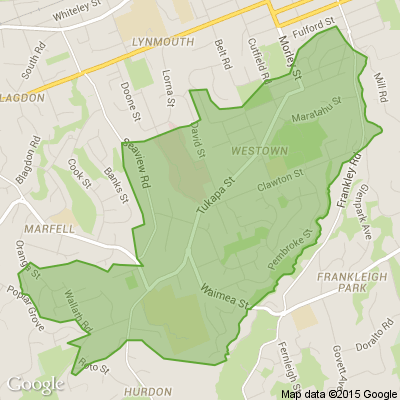

Thank you for using Neighbourly
You may receive an email confirmation for any offer you selected. The associated companies will contact you directly to activate your requests.
James from Westown
Black glass top TV cabinet in excellent condition. Glass doors and one shelf in each side that are removable if needed.
120cm long, 45cm out from the wall, 48.5cm high
Call on 0278784661 if interested.
Price: $200
The Team from Neighbourly.co.nz
Hey Taranaki neighbours - check out our new Gardening Groups - for all Taranaki gardeners! This is just the ‘plot’ to connect you with other green-thumbed Neighbourly members across your whole beautiful region.
Share seeds, plants or excess crops, find out what you need to plant and sow in … View moreHey Taranaki neighbours - check out our new Gardening Groups - for all Taranaki gardeners! This is just the ‘plot’ to connect you with other green-thumbed Neighbourly members across your whole beautiful region.
Share seeds, plants or excess crops, find out what you need to plant and sow in Spring, and pass on gardening tips that have worked for you. You can seek expert advice from experienced gardeners in your area or share your own gardening expertise.
Join now

Blanton Smith Reporter from Taranaki Daily News
This 17-year-old has you sorted if you want a gruesome looking design.
The Team from ACC New Zealand
Setting off fireworks has become an annual Kiwi backyard tradition, and it’s almost time to break out the sparklers again. However, critics say they’re dangerous and people are injured by them every year. Fans, on the other hand, argue that all fun involves some level of risk, it just needs to … View moreSetting off fireworks has become an annual Kiwi backyard tradition, and it’s almost time to break out the sparklers again. However, critics say they’re dangerous and people are injured by them every year. Fans, on the other hand, argue that all fun involves some level of risk, it just needs to be managed safely.
Last year, we saw a 23% drop in the number of fireworks-related injury claims (171 claims across 2017 versus 223 across 2016). What do you think? Should personal fireworks be banned? Click here for advice on how to use fireworks responsibly.

Bernard from Westown
Volkswagen Golf 2005
2 litre FSI model - very fuel efficient and reliable.
86,000 km. Recent oil change/ service
Has towbar for bike rack / small trailer
17” alloys with good tyres
Price: $6,750
The Team from Neighbourly.co.nz
Hi neighbours - keep safe out there! A strong earthquake 6.7 magnitude has struck central New Zealand.
It struck at a depth of 193km about 35km south-west of Taumarunui.
More than 9000 people reported feeling the quake within 10 minutes of it striking at 3.14pm. The quake was felt as far as … View moreHi neighbours - keep safe out there! A strong earthquake 6.7 magnitude has struck central New Zealand.
It struck at a depth of 193km about 35km south-west of Taumarunui.
More than 9000 people reported feeling the quake within 10 minutes of it striking at 3.14pm. The quake was felt as far as the South Island.
We will keep you up to date with the latest. For updates and more info, click here.
So far:
- Parliament has been suspended until further notice on the advice of Civil Defence.
- Make sure you check on your neighbours - even though there may have not been any damage near you, your neighbours may still need your help.
- If you need to alert your neighbours urgently, then don't hesitate to send out an Urgent Alert to your community. You can find this function when you go to post a message on Neighbourly.
- Metlink Wellington said rail services would continue to run with some delays following the recent earthquake.
- Fire and Emergency NZ had no reports of injuries nor damage across the South Island.
- GNS Science have advised there is no tsunami threat to New Zealand

Carolyn from Whalers Gate
027 318 394
Price: $130
Hi neighbours,
Get ready, the scary season is here and trick-or-treaters may soon be knocking at your door. So we want to know, is trick-or-treating something your family gets involved in? How about the US trend called 'trunk-or-treat'? Take part in our poll to let us know!
The New … View moreHi neighbours,
Get ready, the scary season is here and trick-or-treaters may soon be knocking at your door. So we want to know, is trick-or-treating something your family gets involved in? How about the US trend called 'trunk-or-treat'? Take part in our poll to let us know!
The New Zealand police are encouraging parents, caregivers, and children to celebrate Halloween, on Wednesday, safely. To read police advice, click here.
Also, for tips on how to make your home seem scary or how to celebrate Halloween without the sugar rush, click here.

Sharon Wills from New Plymouth Community Food Bank
The annual Christmas Food Drive will be held on Monday 3rd December.
Collectors will be out on the streets of New Plymouth and Bell Block from 5.30pm.
Please help us to provide a helping hand up and not a hand out to families and individuals in our community who need support.
Donations of … View moreThe annual Christmas Food Drive will be held on Monday 3rd December.
Collectors will be out on the streets of New Plymouth and Bell Block from 5.30pm.
Please help us to provide a helping hand up and not a hand out to families and individuals in our community who need support.
Donations of non-perishable food can be left at your letterbox or handed to one of the collectors. Your donation will be very much appreciated!

The Team from Neighbourly.co.nz
A small number of packs in selected stores have exhibited signs of mould growth. We are erring on the side of caution and recalling this product. While mould is unlikely to affect most users, the product is not of the standard we expect.
Customers who have purchased the date codes in question … View moreA small number of packs in selected stores have exhibited signs of mould growth. We are erring on the side of caution and recalling this product. While mould is unlikely to affect most users, the product is not of the standard we expect.
Customers who have purchased the date codes in question can return the product to store (New World, Pak 'n Save, FourSquare and Gilmours) for a full refund.
Affected batches
140 Thick Wipes. Expiry date 04/06/2020
80 Thick Wipes. Expiry date 12/08/2020
72 Thick Wipes. Expiry date 06/08/2020

Adele Pratt from Accountants on Hobson Limited
Do you feel unsure about launching into this new territory with your teenager? At Accountants on Hobson we are just about to begin our second round of teaching. Here’s what we have learnt along the way:
1. Encourage them in a slow and positive manner, they need to stay calm & collected to be … View moreDo you feel unsure about launching into this new territory with your teenager? At Accountants on Hobson we are just about to begin our second round of teaching. Here’s what we have learnt along the way:
1. Encourage them in a slow and positive manner, they need to stay calm & collected to be able to learn from your instruction.
2. L Plates are essential, they show other road users that you are a learner driver. Remember to remove them when the learner driver is not behind the wheel.
3. Back roads and empty car parks are the perfect place to build the learners confidence.
4. Parallel parking and 3 point turns can be tricky, find a safe place to teach them.
5. Create opportunities to drive on the open road, practice using passing lanes, as well as changing lanes on one-way systems.
6. Ensure they check all mirrors & blind spots constantly this is of major importance during tests.
7. Fit as many practices in as possible around your busy lifestyle, make every outing an opportunity to drive.
8. We recommend having a lesson with a qualified instructor the week prior to the restricted test. It really boosted the confidence level.
9. Timing is essential, your child would benefit from having their full licence before they fly the coup.
I hope this is helpful, enjoy quality time with your teenager.
Hey neighbours,
The royal tour is underway, and the Duke and Duchess will be covering quite a bit of ground across the country in the next few days.
Are you planning to line up and see Harry and Meghan? Perhaps you already spotted them during their first couple of outings in Wellington, or even … View moreHey neighbours,
The royal tour is underway, and the Duke and Duchess will be covering quite a bit of ground across the country in the next few days.
Are you planning to line up and see Harry and Meghan? Perhaps you already spotted them during their first couple of outings in Wellington, or even managed to have a chat?
To find out when and where you need to be to have the best chance of seeing Harry and Meghan, click here for our detailed tour breakdown.
For the latest on the royals' visit, click here.
Share your thoughts on the royal tour and your plans for meeting our special visitors in the replies below. (Please add "NFP/not for print" if you do not want your images/ comments used on Stuff)

Carole Garnham from Clubdance
We're having some fun with modern jive dance themed along the lines of Halloween. Free dance lessons if you are a member of Clubdance *just $10 and part of the New Plymouth Club. Great way to meet new people, socialize, get exercise and have fun! We' re on Facebook - Clubdance - if you … View moreWe're having some fun with modern jive dance themed along the lines of Halloween. Free dance lessons if you are a member of Clubdance *just $10 and part of the New Plymouth Club. Great way to meet new people, socialize, get exercise and have fun! We' re on Facebook - Clubdance - if you want to make contact with us to find out more about this evening and our weekly evenings we have planned until the end of the dance year.

 Loading…
Loading…
Are you sure? Deleting this message permanently removes it from the Neighbourly website.
 Loading…
Loading…
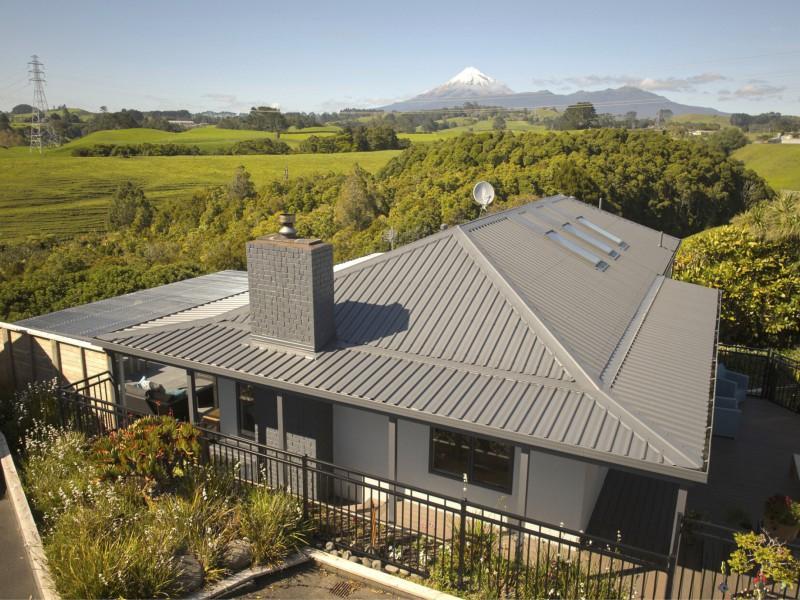
 Buyer Enquiry Over $949,000
Buyer Enquiry Over $949,000



 Marketed by Sophia Hickman
Marketed by Sophia Hickman
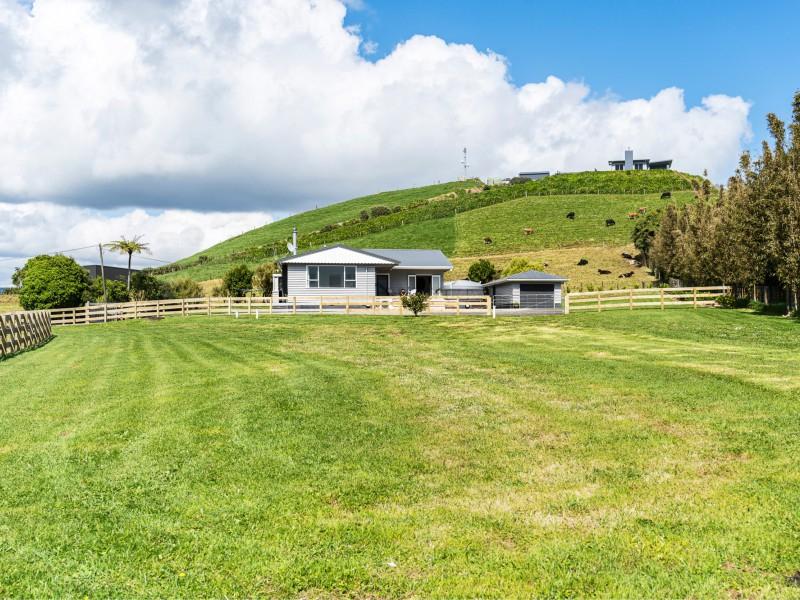
 Buyer Enquiry Over $729,000
Buyer Enquiry Over $729,000



 Marketed by Robyn Burnett
Marketed by Robyn Burnett

 Sections available from $599,000
Sections available from $599,000
 Marketed by Robyn Burnett
Marketed by Robyn Burnett

 Buyer Enquiry Over $1,100,000
Buyer Enquiry Over $1,100,000



 Marketed by Pete Baylis
Marketed by Pete Baylis
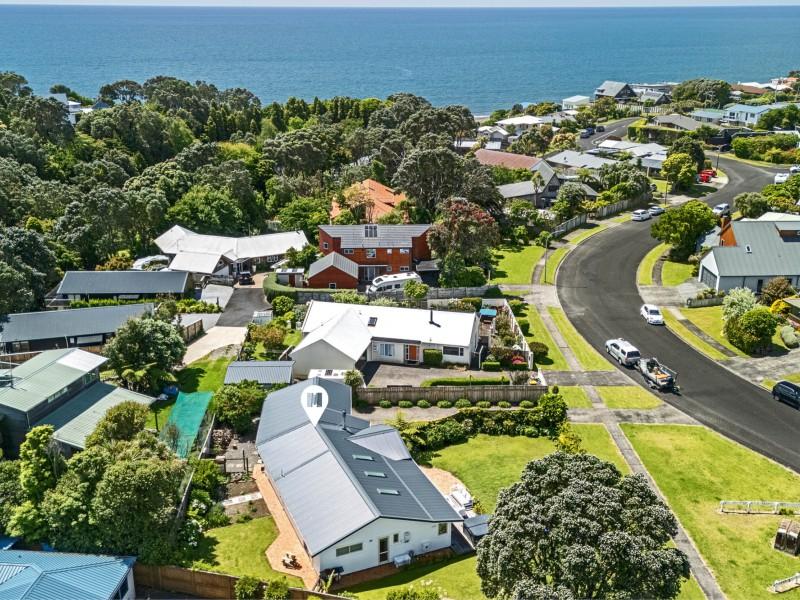
 Buyer Enquiry Over $1,200,000
Buyer Enquiry Over $1,200,000



 Marketed by Robyn Burnett
Marketed by Robyn Burnett

 Negotiable Over $999,000
Negotiable Over $999,000



 Marketed by Hayden Brooks
Marketed by Hayden Brooks
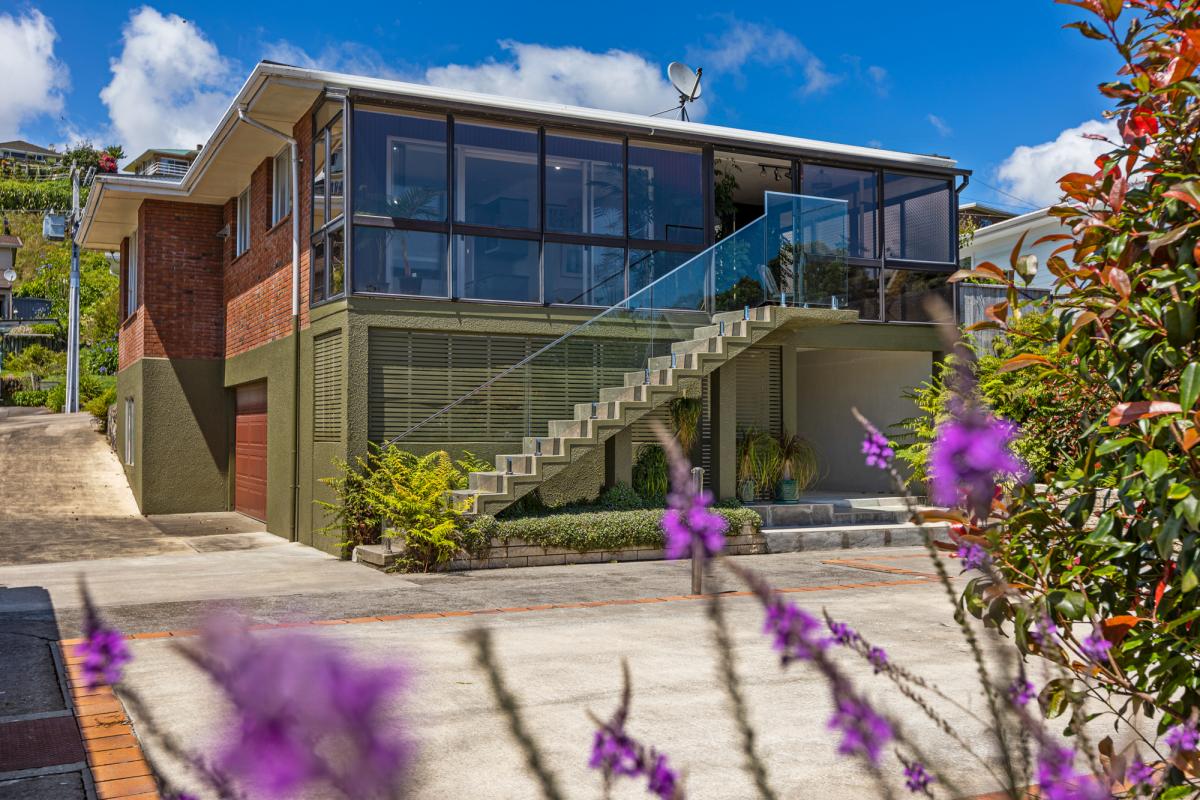
 Offers Over $695,000
Offers Over $695,000



 Marketed by Delwyn McCurdy
Marketed by Delwyn McCurdy

 Negotiable Over $299,000
Negotiable Over $299,000

 Marketed by Kris Rasmussen
Marketed by Kris Rasmussen
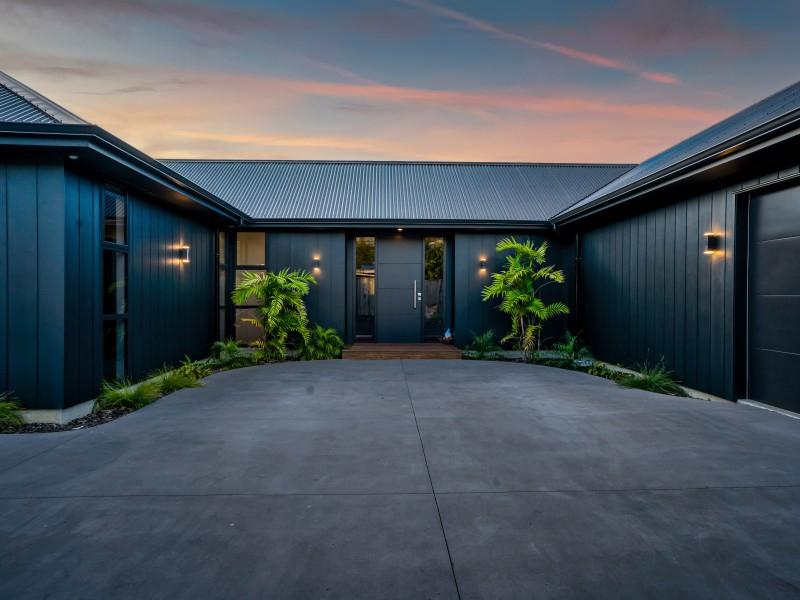
 Price by Negotiation
Price by Negotiation



 Marketed by Anna Straathof
Marketed by Anna Straathof
© Neighbourly 2024
